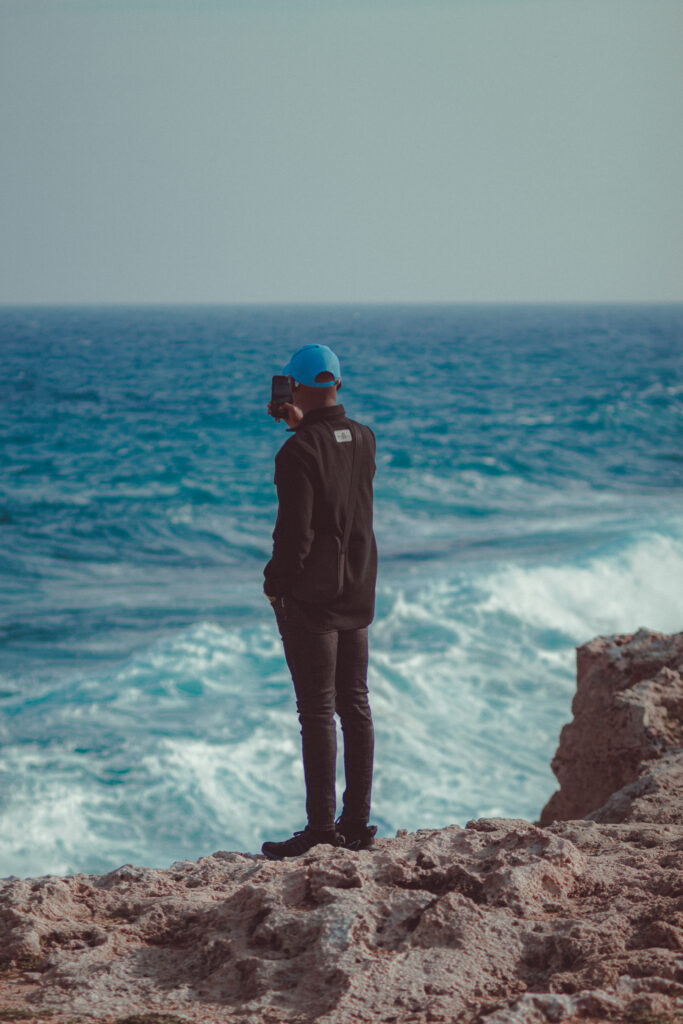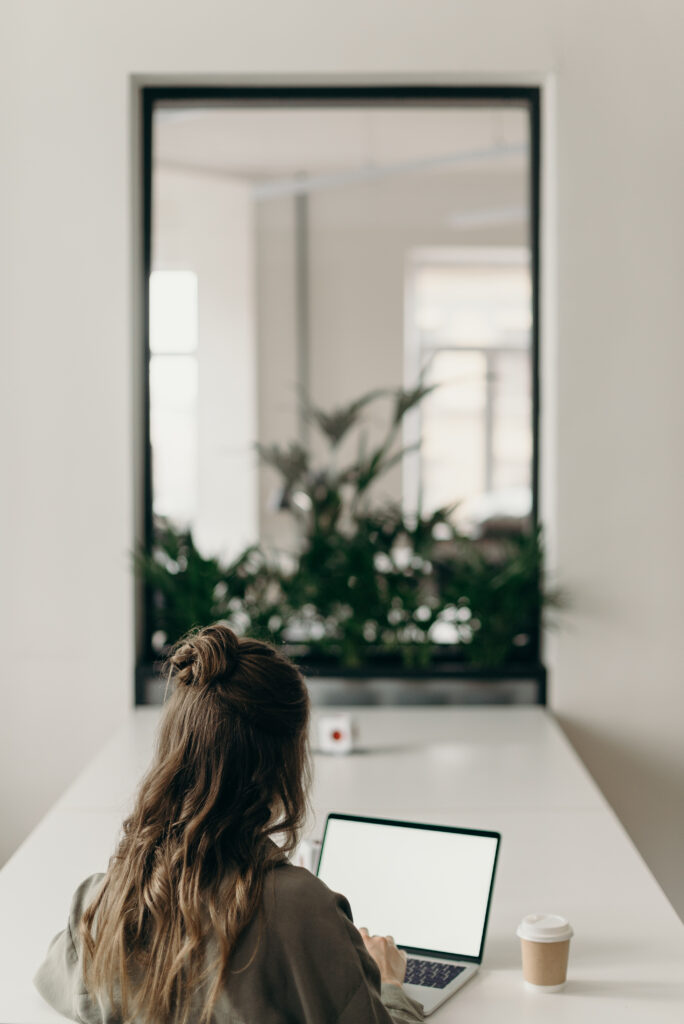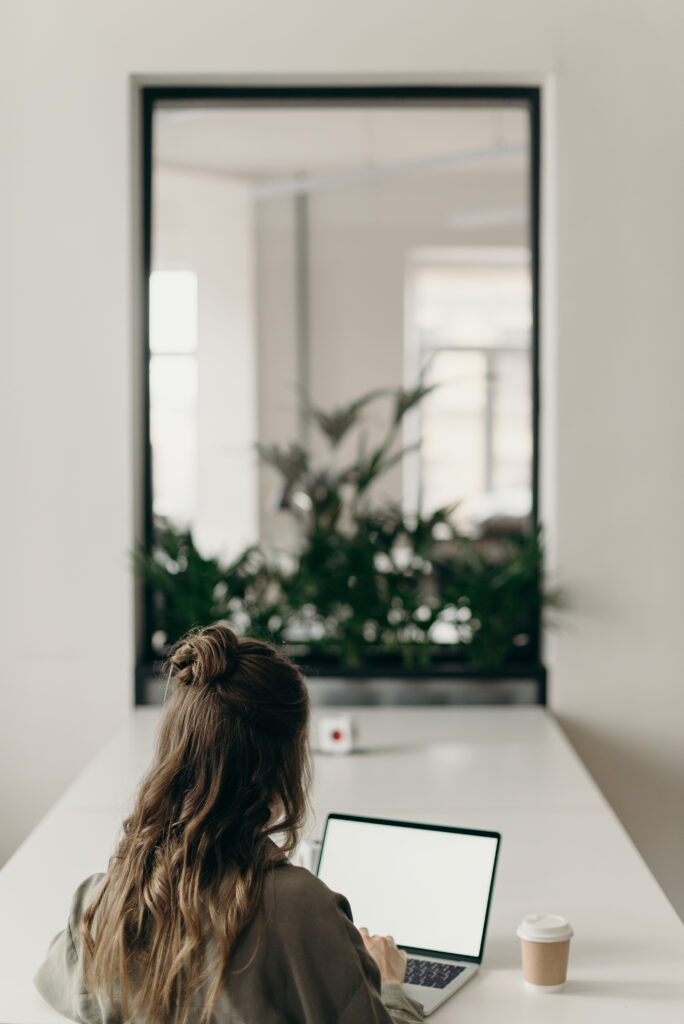Unmasking Spooks: Behind the Scenes of Popular Horror Film Productions
“Unmasking Spooks: Behind the Scenes of Popular Horror Film Productions” is a cool trip behind the camera. This is where you’ll explore all those dark and scary movies that sometimes make you hide under your blanket. But don’t worry! It’s not so scary once you see how it’s made. This trip will show you how those monster masks are just made of rubber and the creepy houses are just make-believe sets. So, hold on to your popcorn and let’s peek inside the movie magic closet together!

This image is property of images.pexels.com.
The Origin of Horror: Roots and Influences
Imagine sitting in a movie theater with popcorn in your hand and heart pounding in your chest. You’re waiting for the next monster to jump out and make you scream. That’s all part of the thrill of a horror movie. But did you know horror movies have a long history and take influence from many different cultures to give you the jump-scares you love?
The historical context of horror films
horror films have been around a lot longer than you might think. In fact, the first horror film was made way back in the 1890s. It was a short silent film called “The House of the Devil.” Many of the early horror films were inspired by stories and novels from authors like Edgar Allan Poe and Mary Shelley. Over time, horror films grew scarier as people became braver and wanted to experience more chills and thrills.
Cultural influences on horror genres
Horror movies have pulled a lot from different cultures to create some of the most spine-tingling moments in cinema. From Egyptian mummies to Japanese ghosts, filmmakers have looked around the world to find new ways to scare people. These different cultural influences help keep horror films fresh and exciting.
Evolution of horror cinematography and special effects
With advances in technology, horror films have become more and more realistic and, as a result, scarier. From the black-and-white flickers of old to the rich, blood-tinged landscapes of today, filmmakers are always pushing the envelope to deliver the biggest frights. It’s not just the visuals either, the spooky sounds and special effects all contribute to your popcorn-flinging experience.
Fear Factory: The Making of Monstrosities
Behind every hair-raising monster, there are many artists and technicians who work hard and use their creativity to turn the stuff of nightmares into reality on the screen.
Creating the perfect monster: prosthetics and makeup
To create the monsters that give you goosebumps in the theater, artists use prosthetics and makeup. Through a painstaking and detailed process, artists can transform an actor into a flesh-eating zombie or a sinister vampire that send chills down your spine.
Techniques behind the most iconic horror creatures
Each famous horror monster has its own special techniques. Remember the super creepy girl crawling out of the television in “The Ring”? Techniques like puppetry, animatronics, and digital effects were used to freak us all out. Not to mention the endless hours of makeup for actors to look just right. And of course, let’s not forget all the funny-sounding fake blood.
The role of art department in creature design
In the process of designing these horrifying creatures, the art department plays a big role. They sketch and sculpt models, experiment with different materials, and brainstorm ideas until they have created the perfect monster to make us jump right out of our seats.
Dreadful Locales: The Art of Scary Settings
Horror films aren’t just about scary monsters, they also rely heavily on spooky locations to build an atmosphere of dread.
Importance of location in horror films
The setting in a horror movie plays a crucial role in creating the creepy vibe that makes the hairs stand up on the back of your neck. Places like haunted houses, lonely woods, or old, scary hospitals are some of the popular locations in horror films. They are so convincing that at times, it feels like the locations are terrifying characters in and of themselves.
Creating a creepy atmosphere: set design and construction
Set designers are the miracle-workers who bring the eerie locations to life. With their tools and imagination, they transform a simple movie set into a haunted house or a mysterious graveyard. They use everything from creepy old furniture to strategically placed cobwebs to set the mood.
How art direction enhances the fear factor
Art Directors make the locations look and feel real on screen so they can increase the overall fear factor. They use different techniques of visual storytelling to make the settings appear more scary and increase the feeling of dread.
Casting Shadows: Character Casting in Horror Films
Horror films simply wouldn’t be the same without the unique characters that bring them to life.
Finding the perfect victim and villain: casting horror films
Casting directors have an important job in a horror film. They need to find actors who can convincingly play both the victim and the villain. The choices they make can dramatically change how scary the film is.
The psychological profile of horror movie characters
Characters in horror films often have layered and complex psychological profiles. Filmmakers use this to create tension and suspense in the story. The more we understand about a character’s fears and weaknesses, the more we are on the edge of our seats anticipating what will happen to them.
The transformation of actors into horror characters
Once the actors are hired, they have to transform into their horror characters. This often involves not just physical changes like makeup and costumes, but also understanding the character’s mindset, which can be the scariest part of all.

This image is property of images.pexels.com.
Cut! Action! Terror!: Directing a Horror Film
Directing a horror film is all about creating an atmosphere of terror and suspense.
The vision of a horror film director
A horror film director’s vision is crucial to the film’s success. It’s up to them to imagine the scariest possible ways to tell the story and make it come to life on screen.
The challenges in directing a horror film
But it’s not easy. Directors face many challenges, like how to scare viewers while keeping the story compelling and believable. They also need to work with the whole film crew to make sure everything from the scenery to the sound effects adds up to a frightful experience.
Influential directors in the horror genre
There have been many influential directors in the horror genre, from Alfred Hitchcock, who was nicknamed the “Master of Suspense” to George Romero, who created modern zombies. These directors paved the way for horror films to keep evolving and getting scarier.
Behind the Curtain: The Role of a Film Crew
Film crews are like the backstage wizards of the horror film world. They work behind the scenes to make sure everything runs smoothly and looks terrifying on screen.
From script to screen: the production process
Horror film production starts with a scary idea that is written down in a script. Then, a whole crew of people work hard to bring the script to life. This includes everyone from the cinematographers who capture the scenes on film to the sound engineers who create eerie sounds.
The unspoken heroes of horror: the film crew
The film crew are the unsung heroes of horror movies. They do everything from setting up the lights so the shadows look just right, to cleaning up the fake blood after a particularly gory scene. Without them, there would be no horror movies to enjoy.
Roles and responsibilities within a crew on a horror set
Every person on a film crew has a specific role, all of which come together to create the final film. From the director and actors to the costume designers and makeup artists, everyone has a part to play in creating a mood of suspense and terror.

This image is property of images.pexels.com.
Screams and Scores: The Sound of Horror
Just as important as what you see in a horror movie is what you hear.
Creating tension with sound effects
Sound effects are used to create a sense of tension in horror films. These noises can be anything from a sudden crash to a low, ominous hum. When used correctly, they can make you jump out of your skin, even when there’s nothing scary on the screen!
Composing horror: the role of music in scary movies
Music also plays a big role in making horror movies scary. Composers create frightening scores that build suspense and signal when something bad is about to happen. Next time you close your eyes during a scary scene, listen to the music- it’s doing a lot of the work to make you feel scared.
The anatomy of a scream: how they’re produced in horror films
And then, of course, there are the screams. Sometimes, these are made by the actors themselves, but often, sound designers step in to create truly bone-chilling screams that echo in your ears long after the movie is over.
With a Start: The Role of Jump Scares
Jump scares are those moments in a horror movie that make you, well, jump.
The science of jump scares
Jump scares work by surprising you with a sudden, scary event. The surprise gives you a adrenaline rush, which feels exciting and is one of the things that makes people love horror movies.
Critics and opinion on use of jump scares
However, not everyone is a fan of jump scares. Some people feel they are used too often and can become predictable. Others feel they are an important part of the horror movie experience and love the thrill they provide.
The art of executing an effective jump scare
Creating an effective jump scare requires skill. Filmmakers have to carefully time the scare to surprise the audience, and use both visual effects and sound to amplify the scare.
The Color of Fear: Importance of Lighting in Horror Films
Lighting plays a critical role in setting the mood for a horror movie.
Lights, camera, fright: the function of lighting in horror
Film directors and cinematographers use lighting to create shadowy corners where monsters can hide, or to suddenly reveal a frightening moment. Without the right lighting, even the scariest monster can lose its spine-chilling effect.
Influence of lighting on the audience’s emotions
The way a film is lit also helps to manipulate the viewers’ feelings. Dark, shadowy lighting can create a feeling of dread and anxiety, while a sudden, harsh light can shock the viewer and heighten the sense of terror.
Exploring low-key and high-key lighting techniques in horror films
Lighting techniques like low-key lighting, which uses a lot of shadows, and high-key lighting, which is very bright, are often used in horror films to enhance the sense of unease and menace.
The Halloween Junkie Take
Horror movies are a thrilling ride, from spooky sound effects to terrifying creatures. The magic of the horror genre lies in its ability to tap into our innermost fears and get our hearts racing. As a halloween junkie, the anticipation, excitement, and trepidation of watching a horror film is unparalleled. Though they give goosebumps and make one sleep with the lights on, the thrill they deliver is what makes the world of horror irresistibly bewitching.
Looking ahead, the future of horror films is brighter (or should that be darker?) than ever. As technology continues to advance, we’ll see more realistic monsters, more shocking special effects, and more spine-chilling situations. So, buckle up because it’s going to be a bumpy — and alarmingly exciting — ride.
The joy and terror of being a horror movie fan is like no other. Because, in the end, there’s nothing quite as fun as a good scare. So, as the lights go off and the eerie music begins, get ready for your heart to race. Because, in horror films, fear is the name of the game and it’s a game that we all love to play!
Unmasking Spooks: Behind the Scenes of Popular Horror Film Productions Read More »

